Syn.: Townsendia nuttallii Dorn
Family: Asteraceae Bercht. et J. Presl
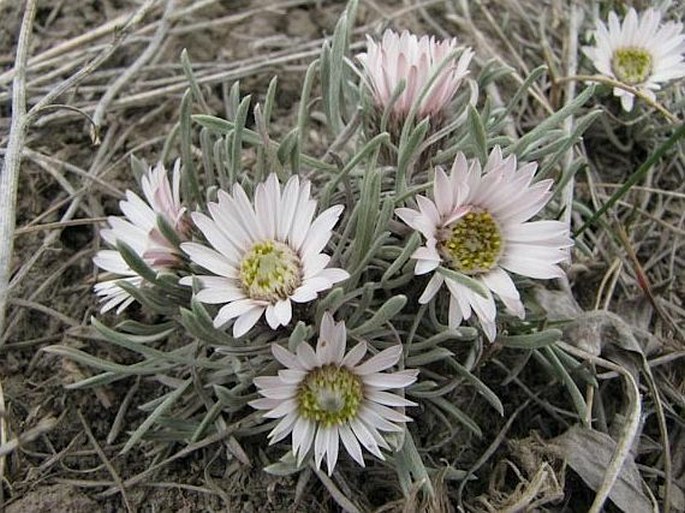
Distribution: North American species, found in Rocky Mountains, from Yukon, British Columbia and Alberta to the west of South Dakota, Utah and Colorado.
Ecology: Dry prairie grasslands and eroded mountain slopes, from 700 to 1800 m of elevation. Blooms from March to June.
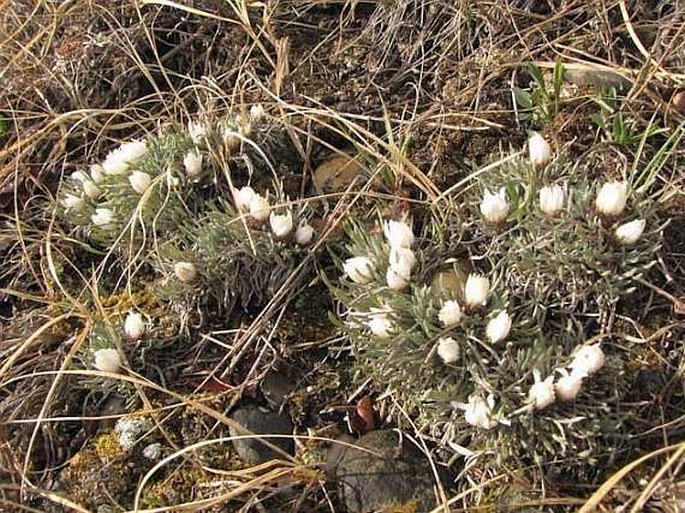
Description: Perennial herb of cushion habit, 1–3 cm tall. Stem erect, short, leaves in basal rosette, lanceolate to linear, 5–25(–40) mm long, 1–1.5(–3) mm wide, thick, greyish green, short stiff hairs, margins smooth. Flower heads borne singly on short pedicels, 12–18 mm across; involucre bell shaped, bracts in 5 rows, lanceolate to linear, green; disc florets 120–180, about 5 mm long, yellow; ray florets 15–35, 8–12 mm long, white to pinkish. Fruit is an achene with pappus of short bristles.
Possible confusion: In a part of its distribution it can be confused with Townsendia exscapa, which has thin leaves, wide up to 6 mm, involucre semi-globular and it grows at higher elevations, (1300–)1600–2300(–3300) m.
Use: This species together with others of this genus are favourite rockery plants in Europe.
Note: Genus Townsendia contains some 27 species found in the west of North America and Mexico. It was named in honour of American botanist David Townsend (1787–1858).
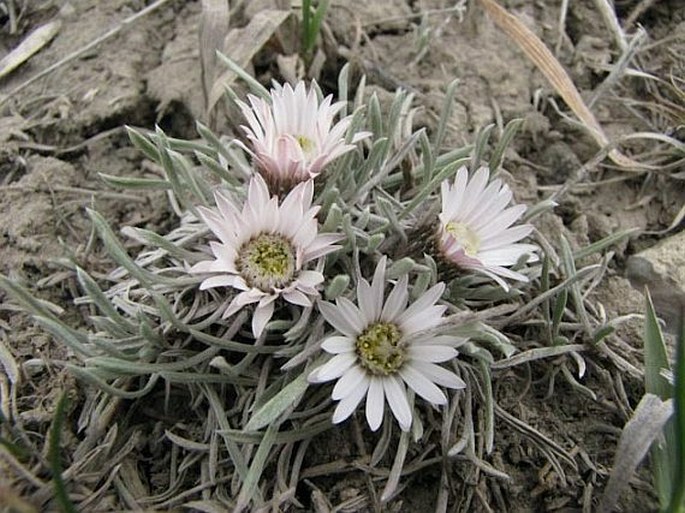
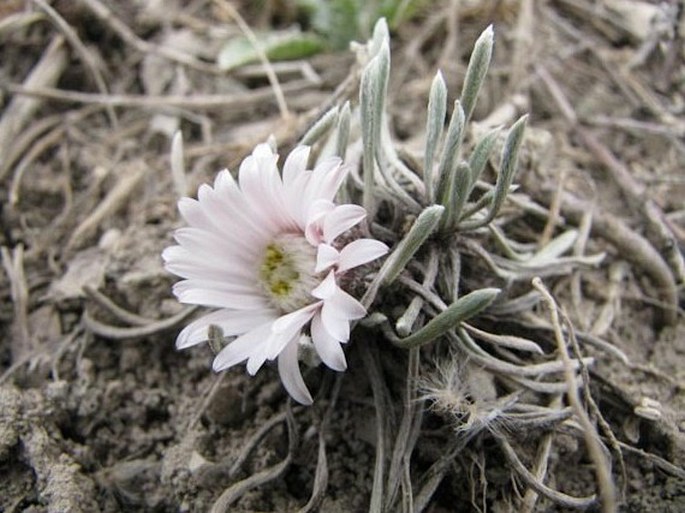
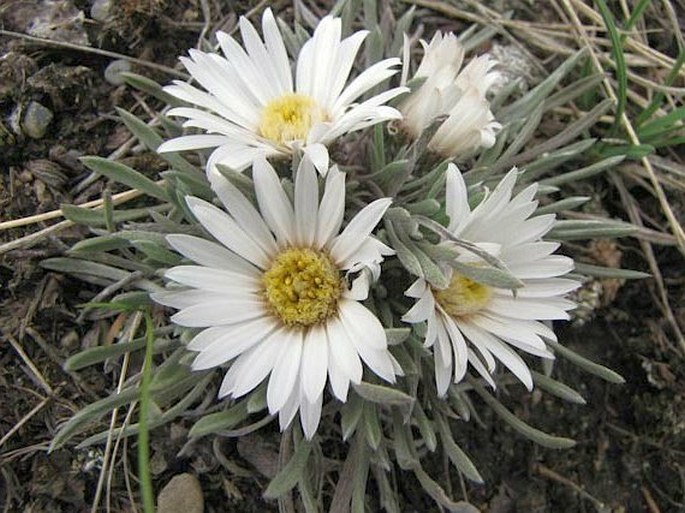
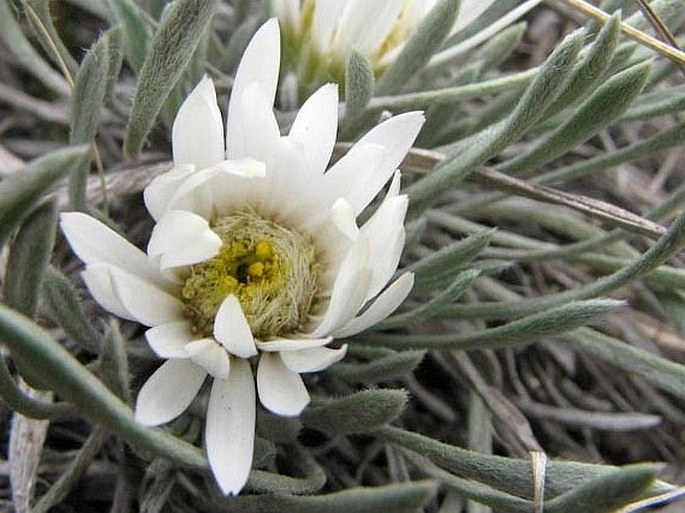
These images were taken in Canada, Alberta, Calgary, Fish Creek, Bebo Grove and Twelve Mile Coullee (May 2013).


